April 30, 2020
 by Dr. Bill Hudson, Head of School
by Dr. Bill Hudson, Head of School
My thinking these days on navigating this crisis has been informed by one of my favorite bloggers, Pascal Finette. In his recent post, he wrote about a global consulting firm that looks at the world in three time dimensions: Now, Next and Beyond. The world, observes Finette, has changed dramatically. “In the world BC (Before COVID-19) Next was one to two years out, and the Beyond was somewhere past the five-year mark. Today, Now and Next are happening in parallel and at the same time, while Beyond is AC (After COVID-19).” AC, wrote Pascal, “requires a very different view of the world and leaders to show up in very different ways.” I would like to use this framework to share with you how MPA is successfully navigating this crisis and planning for the future.
Now
During the last six weeks, we’ve made an incredible shift to online learning, ensuring the continuity of learning for our children. We have done so while holding fast to our whole child philosophy and our commitment to rigor with purpose. As I said in the beginning, “first different, then better.” Modeling the resiliency we inspire in our students, we have been engaged in an ongoing process of designing, implementing, assessing, and adapting teaching and learning to meet the needs of our students in our new reality, even as the crisis itself evolves.
Plans are in place and unfolding to ensure success in the continuity of operations, admission and enrollment, and the fiscal health of the school. I am confident that we will weather the storm.
- Continuity of Operations: In order to sustain the quality of the education you’ve come to expect, we must continue to support our teachers, cover all of our non-teaching expenses, and invest in innovative ways to deliver our curriculum for our students. In fact, the school has invested in additional operating expenses associated with adopting and implementing online learning tools. In addition, we have a number fixed costs. For instance, even though we are not at school, we still have costs to maintain the building, pay utilities, mow the grass, etc.
- Enrollment: BC (Before COVID-19) recruitment and admissions were strong and exceeding expectations. I am very happy to share that both new enrollments and re-enrollments continue to be strong today. New enrollments are trending significantly higher than at the same time last year, and re-enrollment is on pace. Even in the face of uncertainty, families are seeing clearly the value of MPA—perhaps in contrast to how other schools are managing remote learning. Please continue to share MPA in your networks.
- Financial Health: Through managing expenses and carefully monitoring cash flow, we are positioned well to end the fiscal year. Philanthropic giving has been very strong BC and our reimagined Spring Auction was a phenomenal success. To assist families and employees who are experiencing financial difficulties, a Community Care Fund has been created.
- Employees: We will continue to compensate all of our dedicated and hard-working faculty and staff through the end of the school year. Wherever possible, staff have been reassigned to support the overall operations of the school. We are making every effort to honor the everyday commitment they make and to ensure their continued employment during these uncertain economic times. We must retain our highly qualified and dedicated teachers and staff as we look forward to next year.
- Lunch and Busing: One of the things we keep hearing from MPA families is their gratitude and appreciation for how MPA teachers and staff have responded to the COVID-19 pandemic. Many have asked how they can give back and support the school during this difficult time. We will have more ideas for you soon, but one easy way for your family to consider is donating back your hot lunch and transportation costs. Click here to express your desire to this or to receive a refund.
 How we work, and therefore, how we prepare students for their future careers, is changing rapidly in the time of COVID-19. A meteoric rise in telecommuting, virtual learning, and video conferencing has reinforced the tremendous speed at which the work world changes in the 21st century. In fact, the nature of jobs themselves are transforming as antiquated job models are being phased out and new approaches are taking center stage. The fundamental change in career paths and professional expectations, brought on by globalism and technology, and accelerated by COVID-19, is shaping and illustrating how progressive independent schools like Mounds Park Academy prepare students for life beyond the four walls of a classroom.
How we work, and therefore, how we prepare students for their future careers, is changing rapidly in the time of COVID-19. A meteoric rise in telecommuting, virtual learning, and video conferencing has reinforced the tremendous speed at which the work world changes in the 21st century. In fact, the nature of jobs themselves are transforming as antiquated job models are being phased out and new approaches are taking center stage. The fundamental change in career paths and professional expectations, brought on by globalism and technology, and accelerated by COVID-19, is shaping and illustrating how progressive independent schools like Mounds Park Academy prepare students for life beyond the four walls of a classroom. by Dr. Bill Hudson, Head of School
by Dr. Bill Hudson, Head of School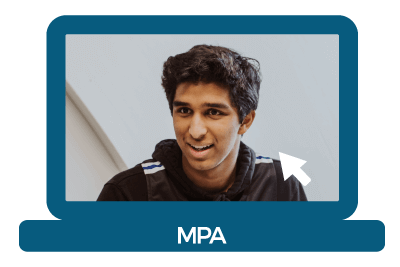 This story series illustrates how our community is embracing, growing, and connecting through virtual learning together. Read on to hear MPA junior Dhruv Muppidi’s experience as #MPAgoesvirtual!
This story series illustrates how our community is embracing, growing, and connecting through virtual learning together. Read on to hear MPA junior Dhruv Muppidi’s experience as #MPAgoesvirtual! The MPA Upper School Asian Culture Club, Social Consciousness Club, and Racial Justice and Equity Club met on Zoom to discuss how the language around COVID-19 can produce hate and racism. Students had the opportunity to share personal reflections anonymously, and the conversation will be a part of a continuing ‘series’ on the social and political impacts of this health crisis and a broader effort to document their responses. In this blog post, MPA senior Amanda Khouw shares how she is working and speaking out to eliminate stereotypes and misinformation.
The MPA Upper School Asian Culture Club, Social Consciousness Club, and Racial Justice and Equity Club met on Zoom to discuss how the language around COVID-19 can produce hate and racism. Students had the opportunity to share personal reflections anonymously, and the conversation will be a part of a continuing ‘series’ on the social and political impacts of this health crisis and a broader effort to document their responses. In this blog post, MPA senior Amanda Khouw shares how she is working and speaking out to eliminate stereotypes and misinformation.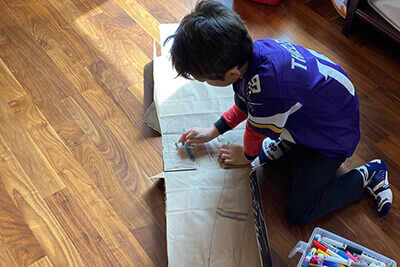 by Dr. Bill Hudson, Head of School
by Dr. Bill Hudson, Head of School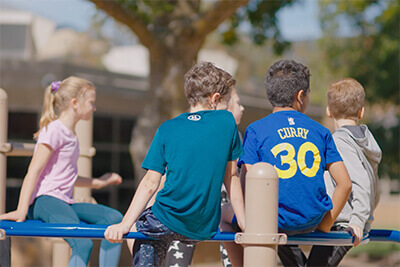 by Dr. Bill Hudson, Head of School
by Dr. Bill Hudson, Head of School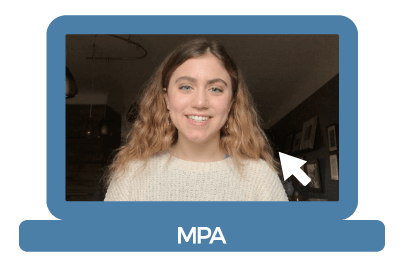 This story series illustrates how our community is embracing, growing, and connecting through virtual learning together. Read on to hear MPA senior Elli Carlson’s thoughts as #MPAgoesvirtual!
This story series illustrates how our community is embracing, growing, and connecting through virtual learning together. Read on to hear MPA senior Elli Carlson’s thoughts as #MPAgoesvirtual! by Dr. Bill Hudson, Head of School
by Dr. Bill Hudson, Head of School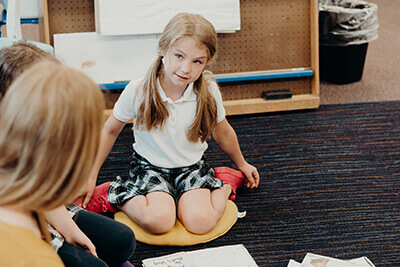 “The most valuable thing that will come from this pandemic is that we don’t have time to save our kids from negative emotions anymore.” Mounds Park Academy school psychologist Jules Nolan shared this observation in a recent virtual MPA parent education session.
“The most valuable thing that will come from this pandemic is that we don’t have time to save our kids from negative emotions anymore.” Mounds Park Academy school psychologist Jules Nolan shared this observation in a recent virtual MPA parent education session.